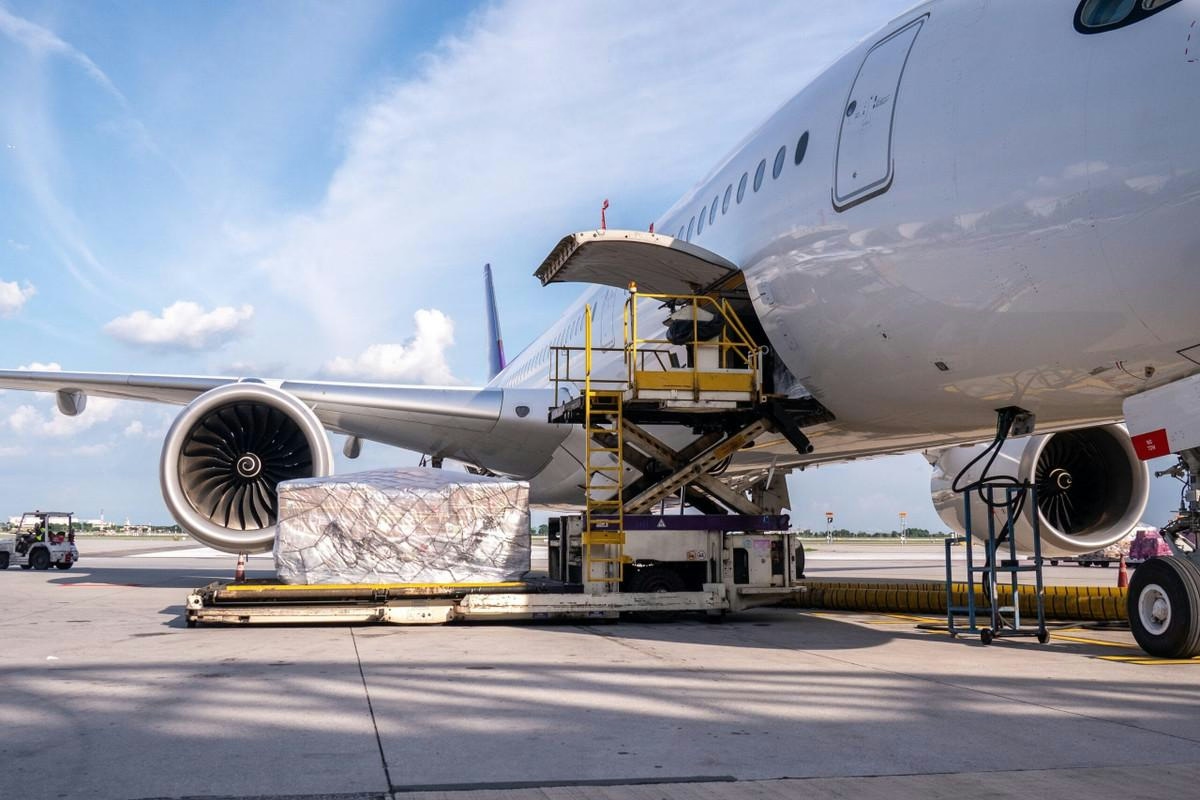
AeroGenie: Su copiloto inteligente.
Tendencias
Categories
Advances in Travel Technology and Customer Care
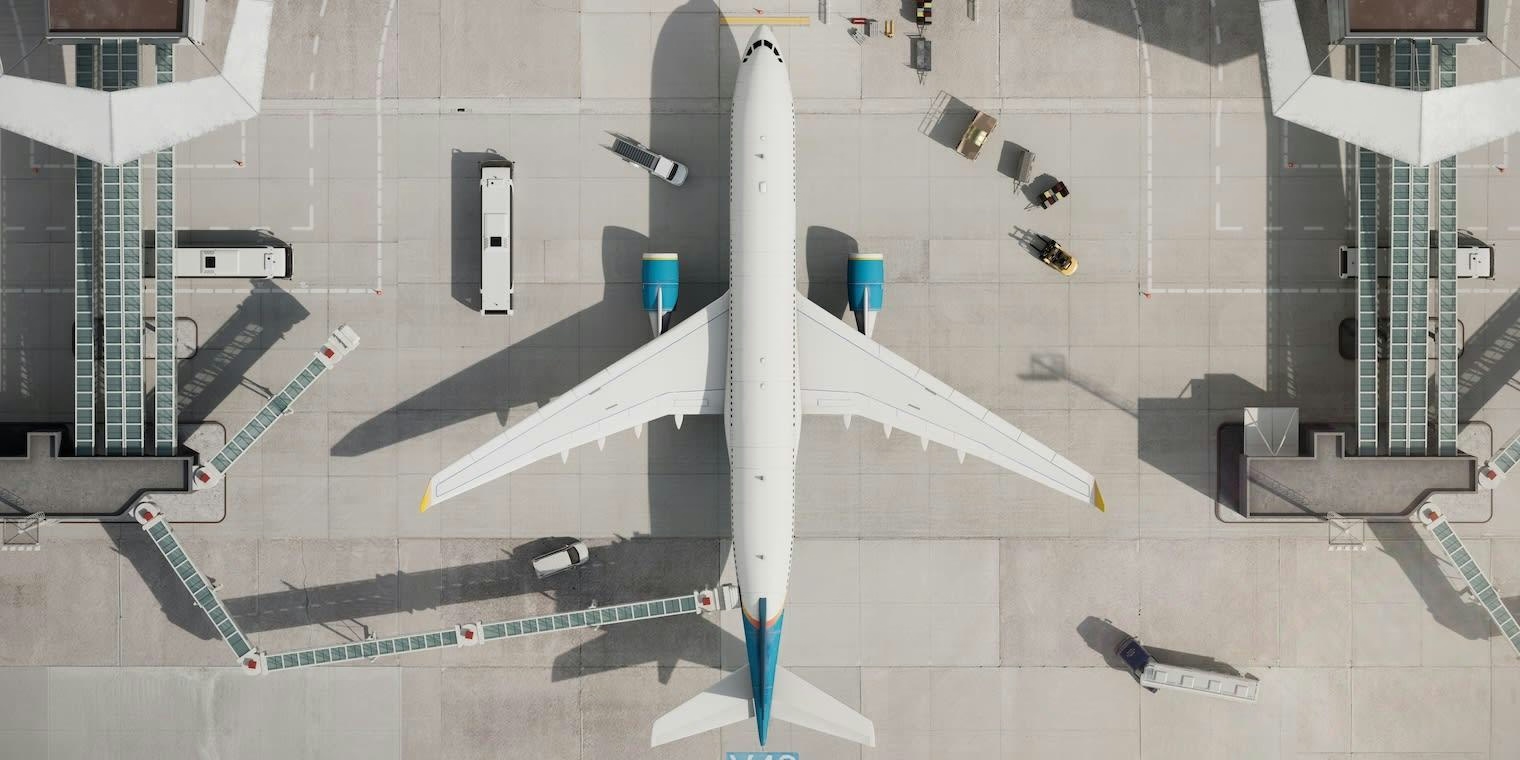
Advances in Travel Technology and Customer Care
The travel industry is undergoing a profound transformation as innovation and enhanced customer care redefine the passenger experience. In response to growing demands for personalized, efficient, and sustainable services, airlines and related sectors are increasingly adopting advanced technologies while striving to accommodate the diverse needs of their clientele.
Revolutionizing the Passenger Experience
Modern travelers prioritize convenience, speed, and tailored services. Airlines have responded by integrating digital solutions such as mobile applications that offer real-time updates, flight status notifications, and personalized recommendations. These technological advancements have fundamentally changed the way passengers engage with airlines, facilitating smoother and more enjoyable journeys.
The Green Shift: Sustainable Travel
Environmental concerns are prompting a significant shift toward sustainability within the travel sector. The aviation industry is investing heavily in electric and hybrid aircraft, with several manufacturers actively testing models designed to replace short-haul flights. These innovations not only aim to reduce the carbon footprint of air travel but also reflect a broader commitment to long-term environmental responsibility.
Meeting Diverse Passenger Needs
Inclusivity and comfort have become central pillars of the travel experience. Airports and airlines are enhancing services for passengers with disabilities or special requirements by providing priority boarding, mobility assistance, and personalized support. These measures are increasingly standard, ensuring equitable care for all travelers. Additionally, premium services such as luxury lounges and exclusive rewards programs, once limited to first-class passengers, are now accessible to a wider range of customers seeking enhanced comfort and value.
Navigating Challenges and Market Dynamics
Despite these advancements, integrating new technologies with existing infrastructure presents considerable challenges. Airlines and airports must address cybersecurity threats and safeguard customer data privacy as digital solutions become more widespread. Implementing robust data protection protocols is essential to maintaining passenger trust. Furthermore, the rapid pace of innovation is intensifying competition within the industry. Airlines and hospitality providers are accelerating investments, forming partnerships with technology firms, and refining customer service protocols to showcase the latest advancements. These competitive pressures are driving continuous improvements in both technology and customer care.
The Future: Seamless, Connected Journeys
Looking forward, the convergence of technology, sustainability, and customer care will shape the future of travel. Emerging innovations such as biometric screening, artificial intelligence-driven support systems, and ultra-efficient baggage handling are making travel faster, smarter, and more personalized. The industry’s evolution centers on creating seamless, eco-friendly journeys that prioritize the traveler’s experience. This transformation extends beyond the adoption of new tools; it represents a comprehensive reimagining of travel, balancing technological progress with a steadfast commitment to customer care and privacy, thereby establishing a new standard for effortless, connected journeys.
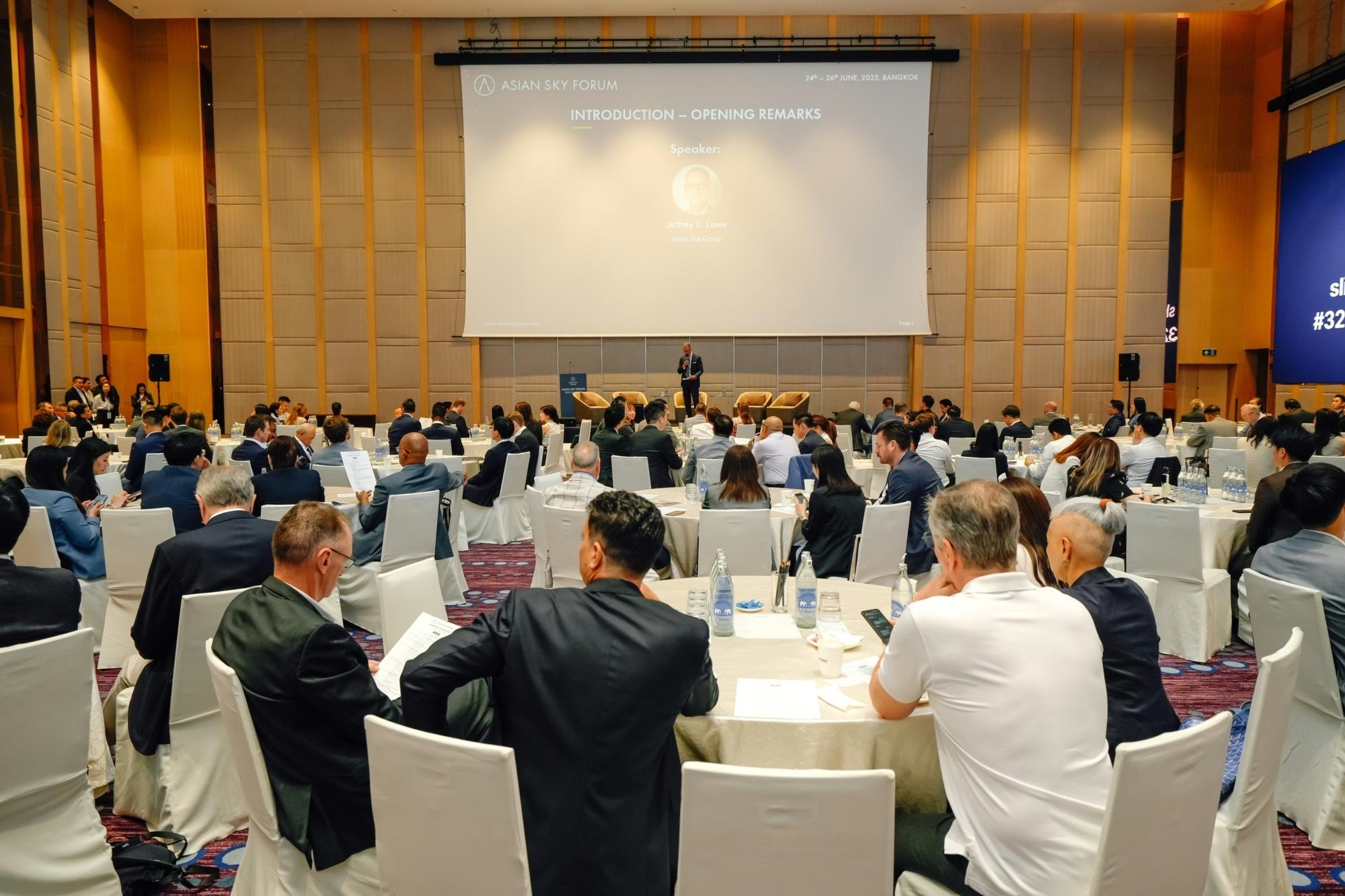
FACTS Summit 2025 in Sydney Highlights Innovation and Sustainability in Asia-Pacific Corporate Travel and Aviation
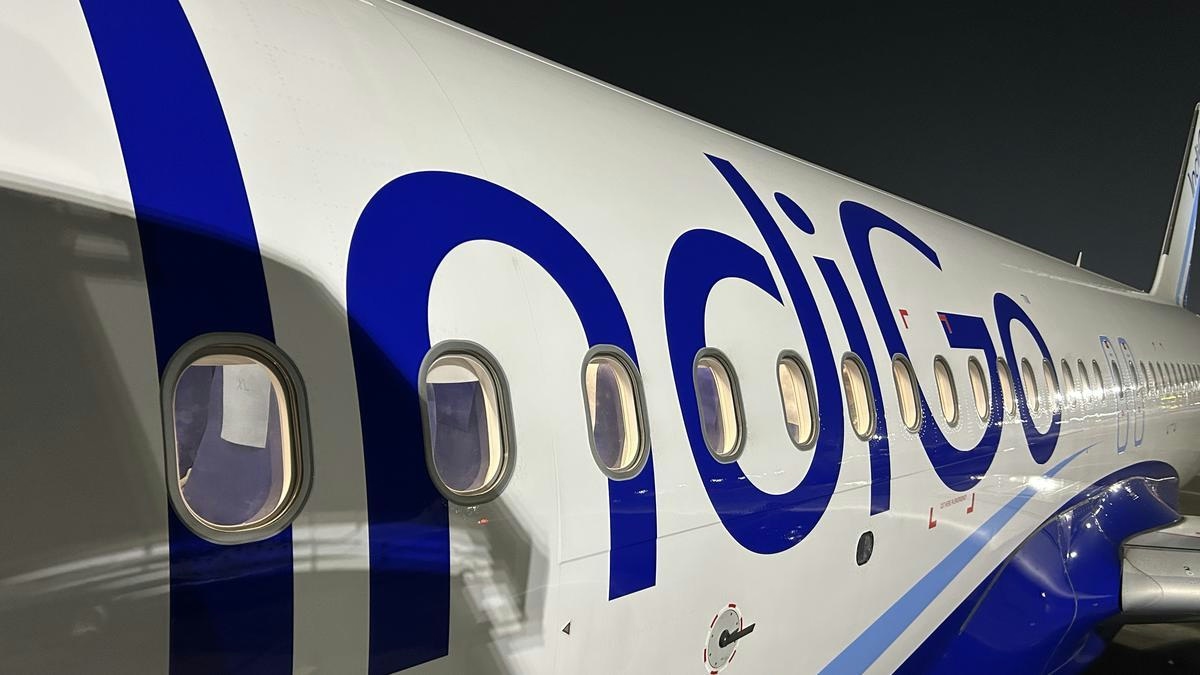
IndiGo to Deploy Wide-Body Aircraft on Vijayawada-Hyderabad Route, Says MP
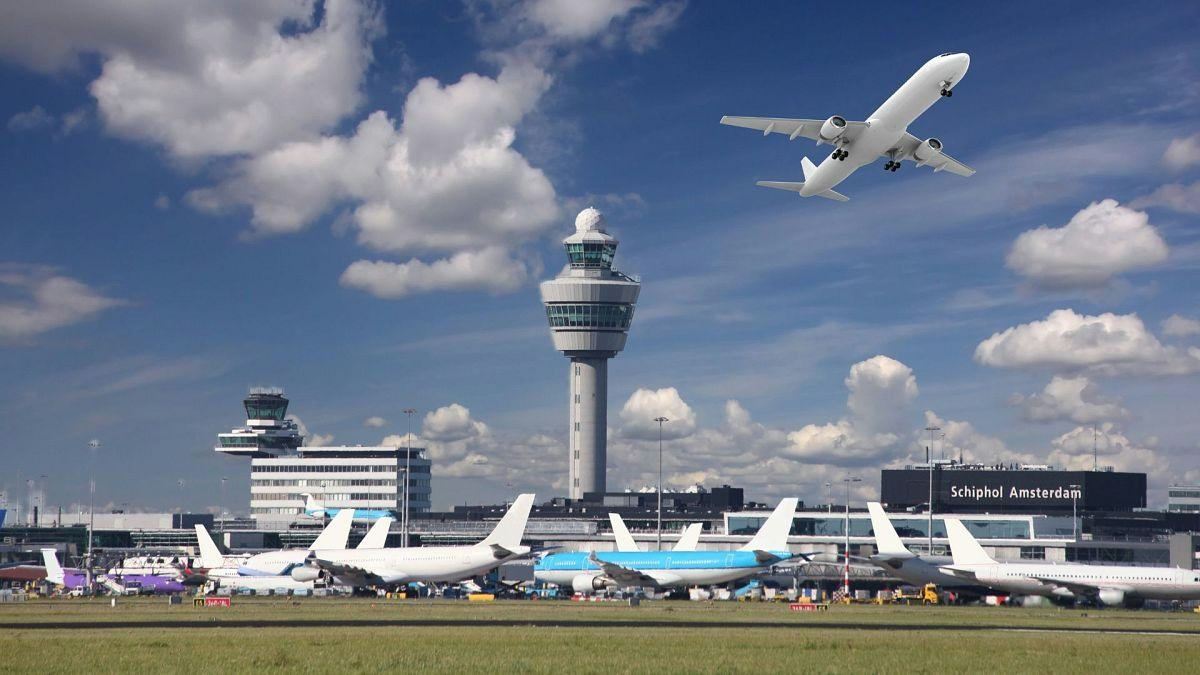
Europe Unveils New Aviation Strategy to Promote Cleaner, Faster Flights
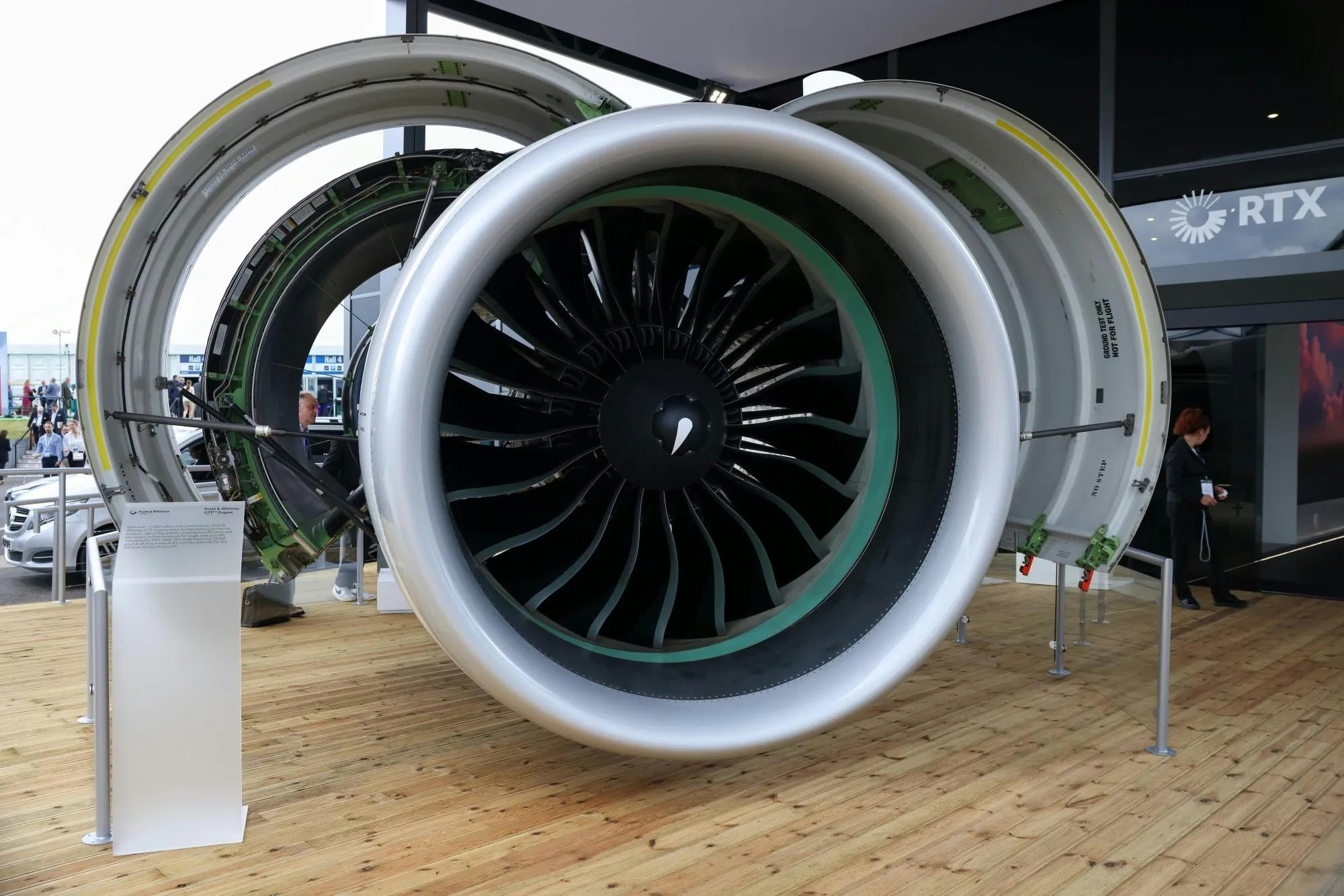
Spirit Signs Agreement with Pratt & Whitney Units on Aircraft Engines
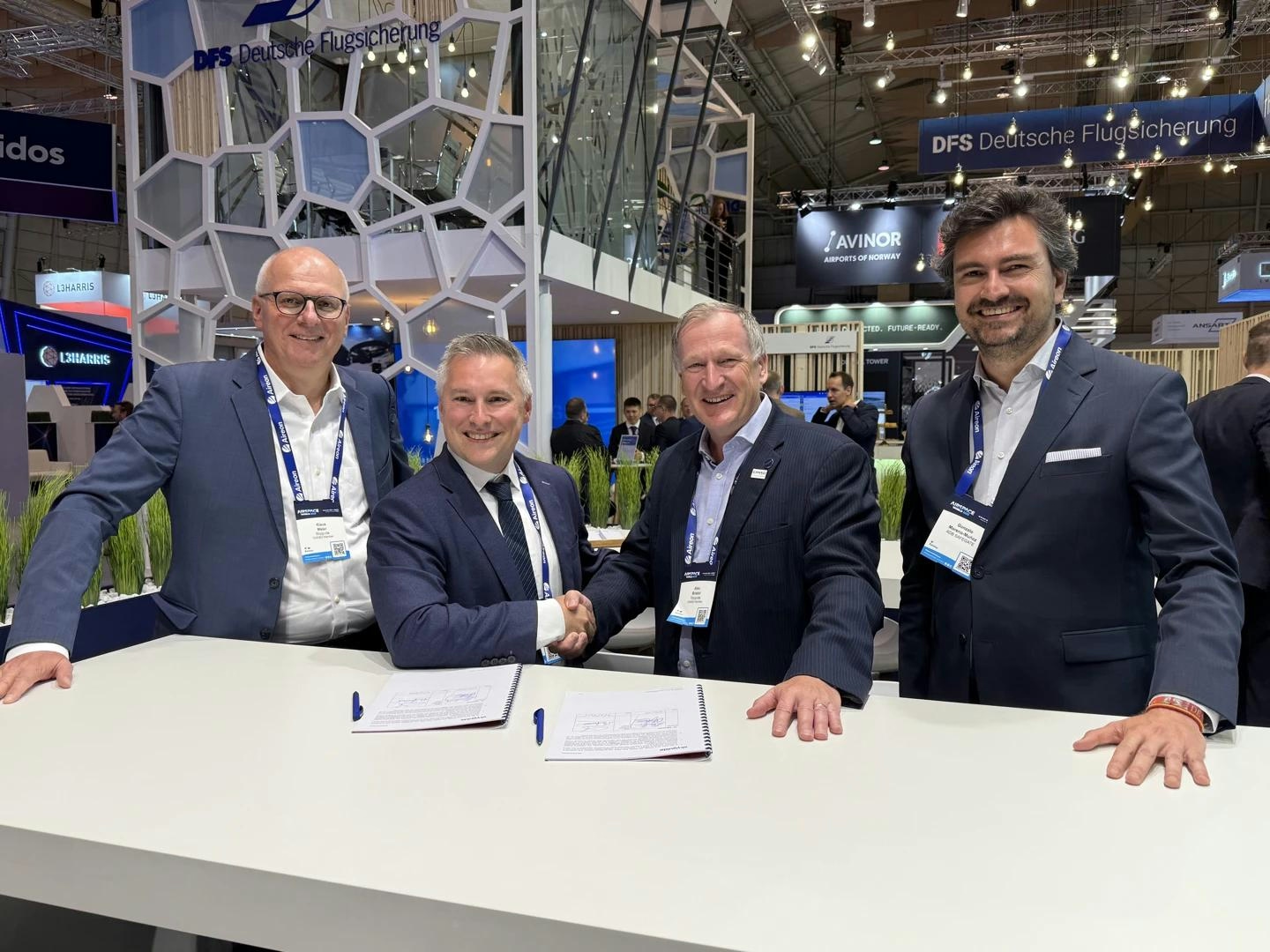
ADB SAFEGATE Receives Industry Awards for Marketing, R&D, and Social Impact

GA Telesis Secures Five-Year Landing Gear Overhaul Agreement with Major U.S. Carrier
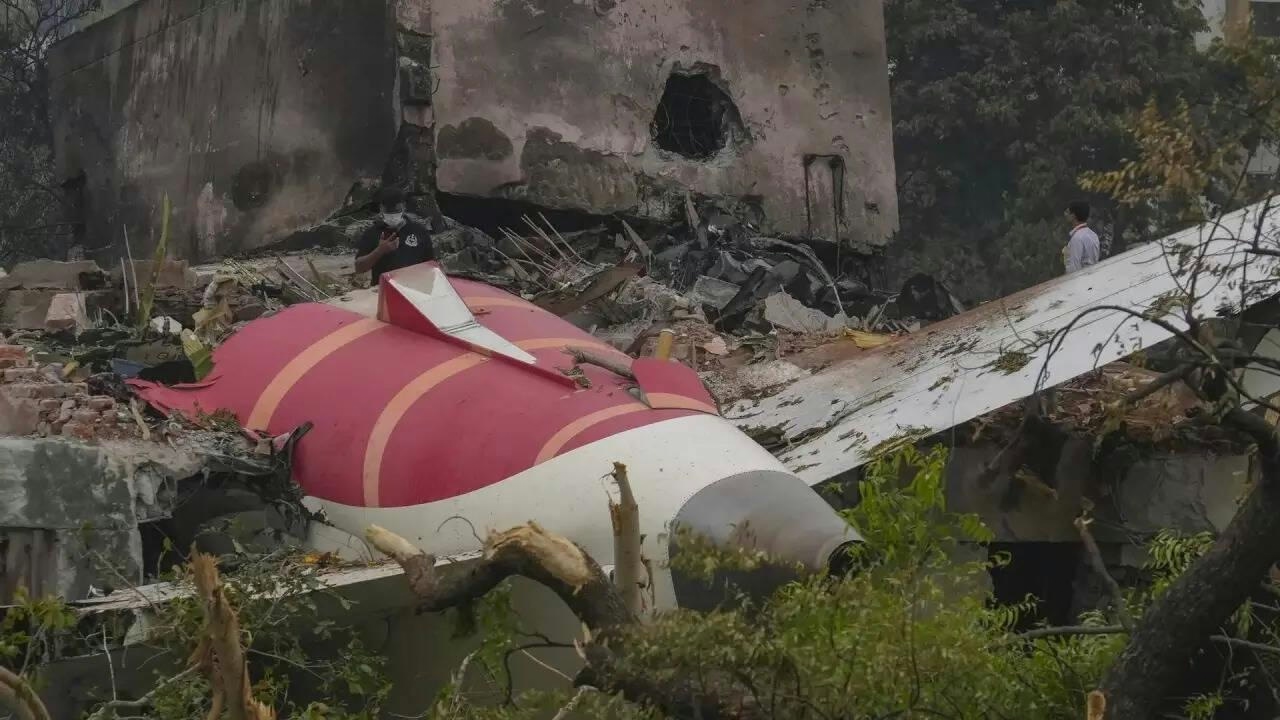
Government Strengthens Aviation Safety Framework Amid AI-171 Investigation
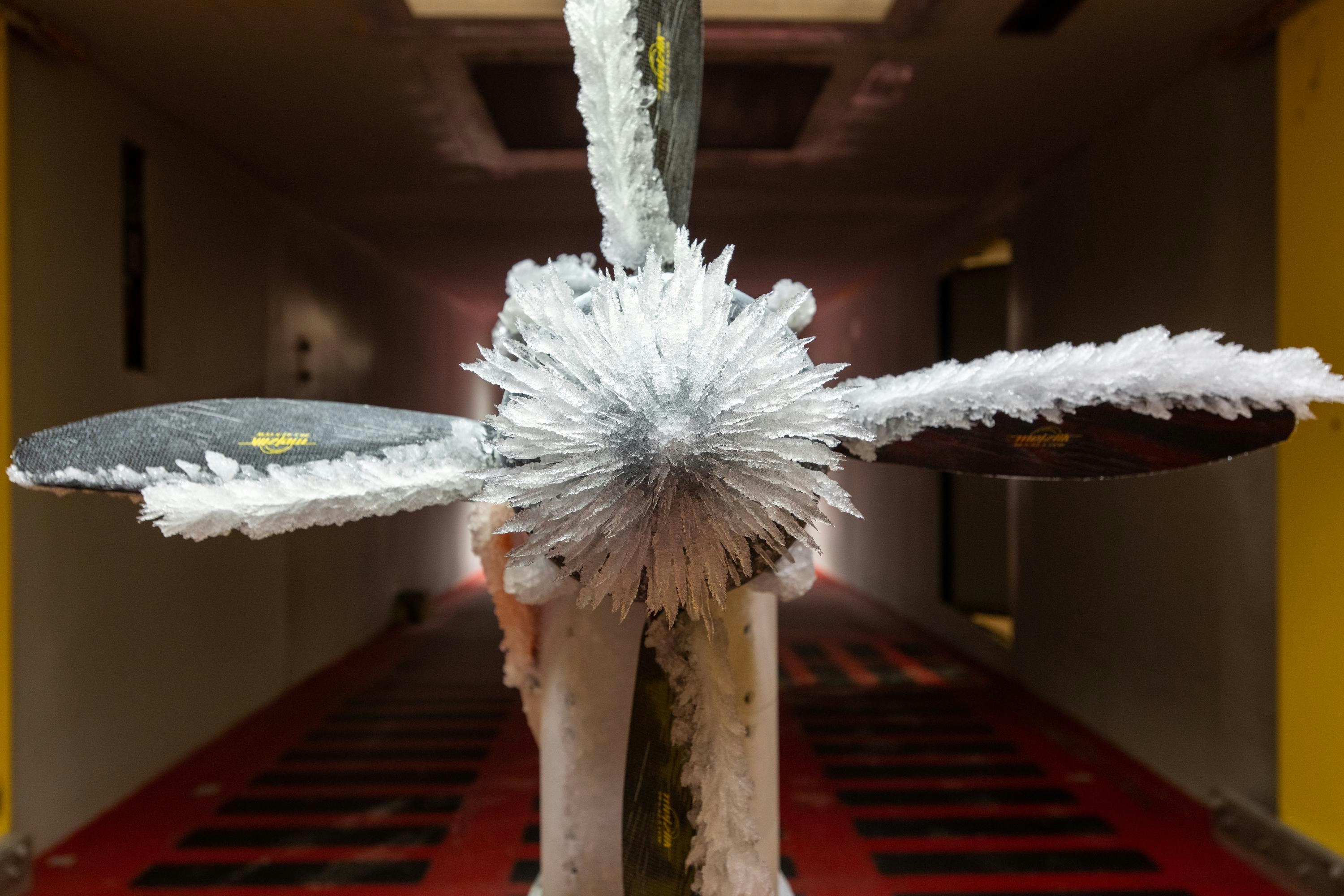
NASA Software Raises Bar for Aircraft Icing Research
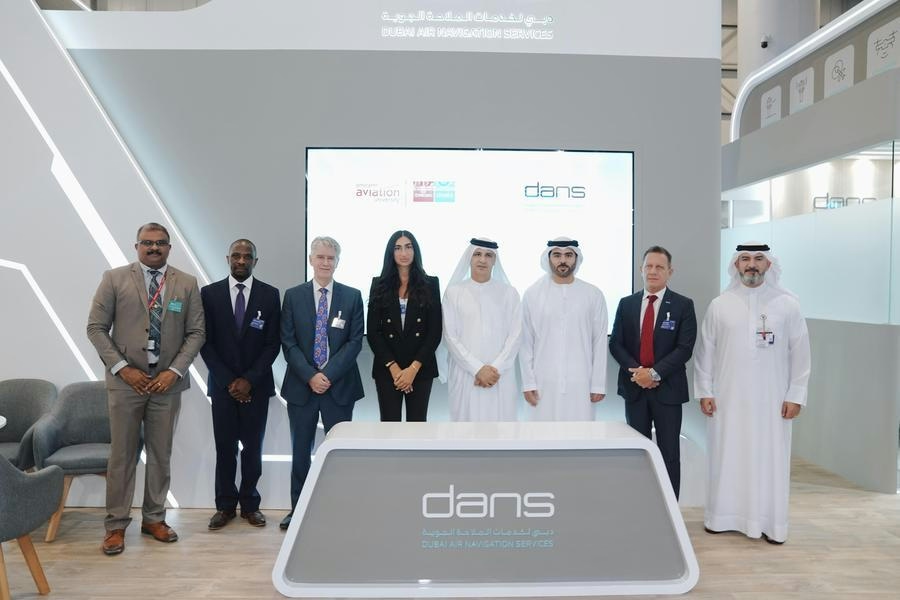
Dans and Emirates Aviation University Partner on AI Air Traffic Management Research
